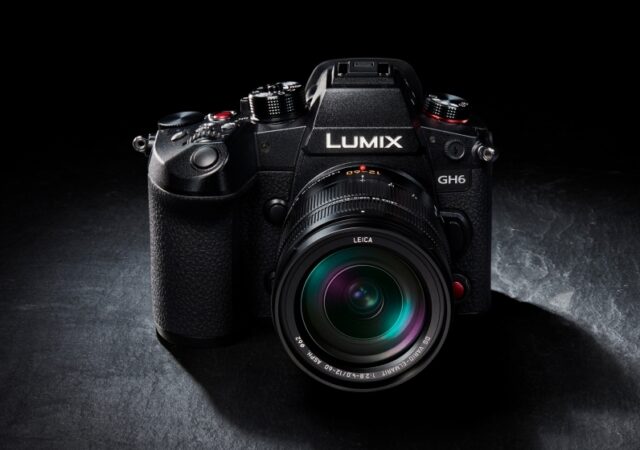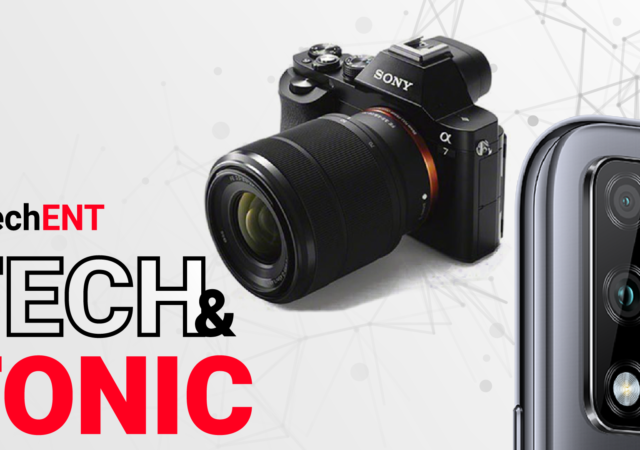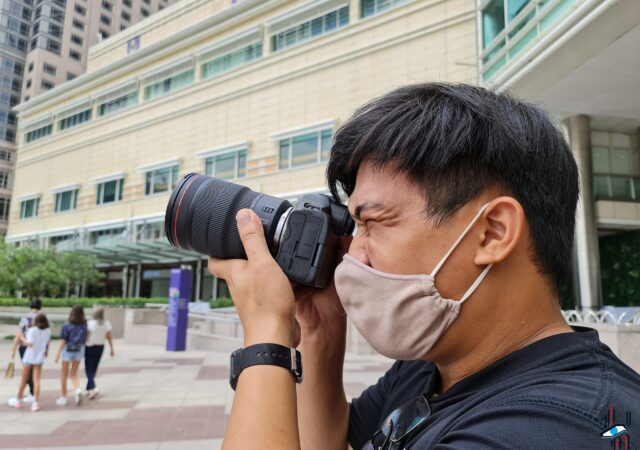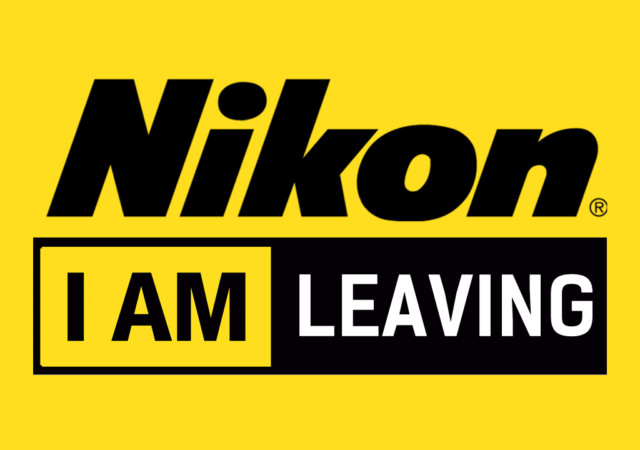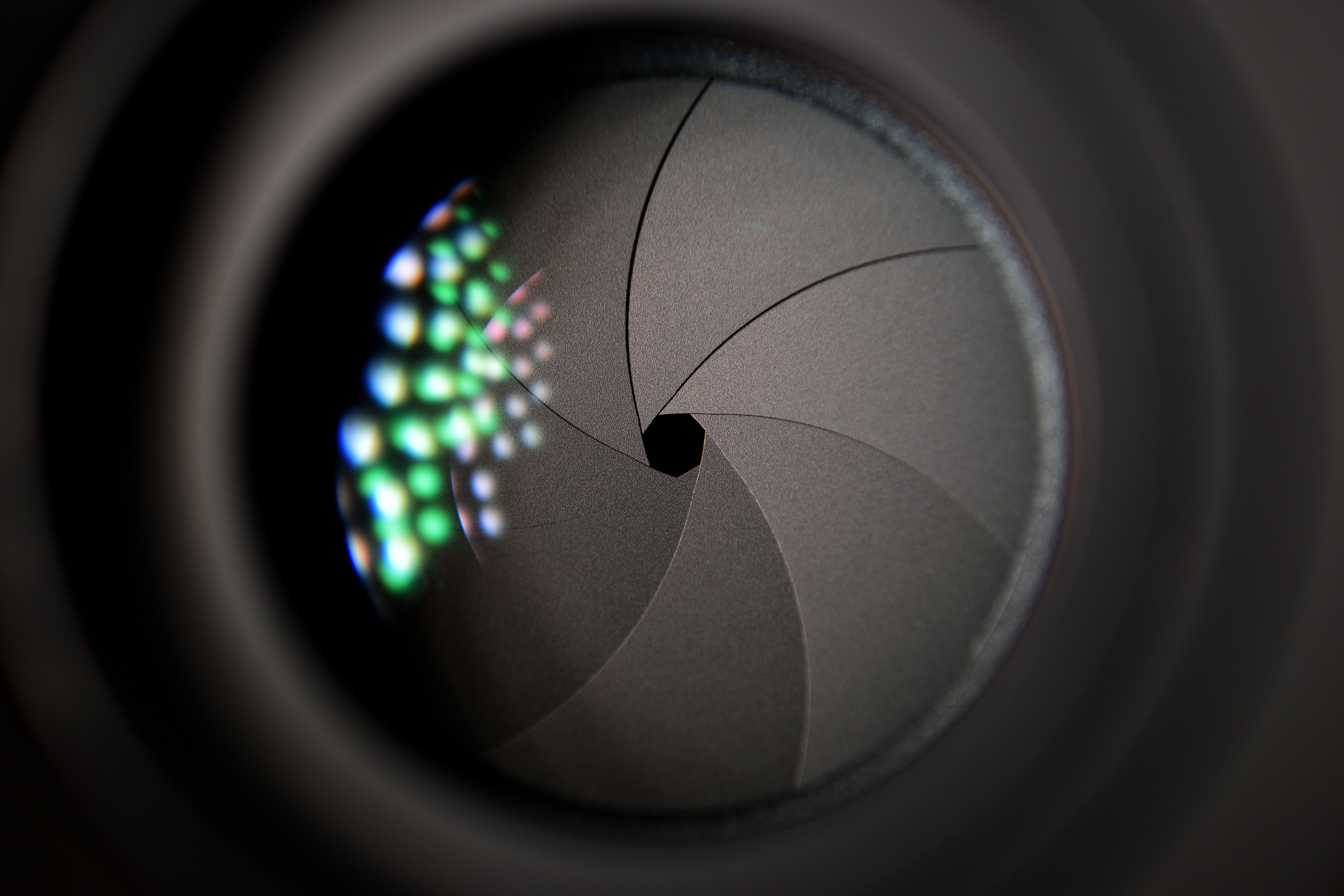Panasonic releases the new Lumix GH6 with the highest resolution ever on a micro four thirds sensor at 25MP and 5.7K video capability.
Tech & Tonic S2E10 – Are Proper Cameras Still Relevant in 2021?
With smartphone cameras getting better and better, is there still space for DSLR and mirrorless cameras? We’re talking about it on the Tech & Tonic Podcast.
24 Hours with the Canon EOS R5 – A Walk Through Town
We had a short time to spend with the Canon EOS R5. We had a day out with the highly capable camera though, and the results shows.
Nikon Bids Malaysia Goodbye; Operations Cease on 1 January 2021
When it comes to DSLRs and cameras one of the first names that you’d think of is Nikon. The company has become a staple name in the industry and there is nothing more iconic than their “I AM” campaign when…
Photography is the Word – The Case of Replacing Your Camera with Smartphones; Should You?
Photography is a wonderful thing. Everyone loves a good photo. A good photo can be shared with the world to convey stories, to eternalise important moments, to remember. It allows you to see the world or environment as someone else…



